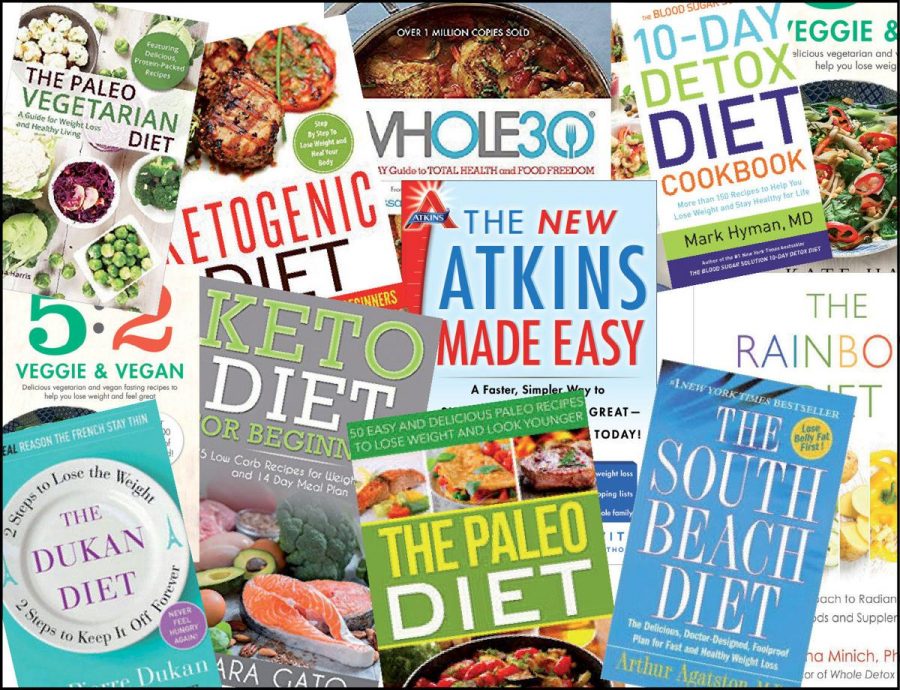
The Importance of Sustainability
Today’s fitness industry is inundated with hype, fads, claims of radical transformation, and perfectly edited images and videos of really beautiful people. It’s tiring to see the flashy and social media posts of disingenuous people. One thing I know to be true of these types of fitness “professionals” is that what they sell are quick wins. Don’t get me wrong, quick wins feel great! They even make you believe that you invested wisely in the short term, but what do they earn you in the bigger picture of life?
Consider an example…
My dad is in his 60’s, and he’s struggled with weight gain since his mid 30’s. He bounced between low-carb fad diets for years. He would lose 15-20 pounds quickly, and then within 6 months, it was all back (and then some). What happens in these all-too-familiar scenarios? First, most of what dieters lose in their first 3 weeks of any nutrition program is fluid mass. This type of water loss is perfectly normal, and it happens because the body is dumping accumulated toxins (among other factors). So part of the problem is behavioral because people stop “dieting” after this initial weight loss.
 What most fail to understand is that this initial weight-loss period doesn’t do much to impact the body’s overall composition.
What most fail to understand is that this initial weight-loss period doesn’t do much to impact the body’s overall composition.
In other words, 3 weeks into a low-carb fad diet Dad was lighter on the scale, but it’s unlikely that his body’s fat stores had changed at all. This is especially true in the absence of high-impact resistance training. These are things a scale can’t tell you, and so for most people, it goes unnoticed.
They cycle back and forth between the overweight, unhealthy version of themselves and the slightly-less overweight still unhealthy version of themselves – all the while thinking they’ve done something constructive in their lives.
If you embark on a wellness journey that you can’t maintain for life, what was the point? So, I’m about to step on some toes and criticize two of the most popular fitness fads of our time: the keto diet and intermittent fasting.
First up, keto
If you’re reading this you’ve likely heard of it and maybe you’ve dabbled in it. For those who have built a lifestyle around keto principles, bravo and congratulations – I’m not here to condemn. I’m just here to present the facts. The fact is, for most people a ketogenic lifestyle isn’t sustainable. For many, it’s also disruptive to the endocrine system because of the volume of dietary fats consumed. This is particularly concerning for women, and more so for those who are pregnant or trying to conceive.
Are there incredibly helpful components of the keto diet? Absolutely. You’ll find no processed gain products or other refined polysaccharides on this nutritional plan, and that’s great. However, you do need carbohydrates, and the recommended amount on the keto diet is just too low to be sustainable long-term. You’ll also find a huge emphasis on the use of dietary fat as fuel – also great. However, pulling the trigger on dietary fat sometimes leads people to consume the wrong sorts of fats.
So what do I do? I select only the positive components of the keto diet and I counsel clients based on what I feel will be helpful for them. This is based on the client’s genome and his or her specific goals.
Next, intermittent fasting
My academic and professional background is in biology, so I’m a fan of fasting for a few reasons. Most importantly, it’s natural. Humans exist in harmony with nature in part due to our circadian rhythms. Thanks to our pineal glands and a wonderful chemical called melatonin, we sleep when it’s dark and wake when it’s light (well, most of us). A natural consequence of this rhythm is fasting during the house when we’re asleep. It’s during this shut-down that our metabolic functions switch gears and engage in detoxification activities.
Our organs work to shunt waste products and dying cells toward the excretory system, and then we get rid of all of that stuff when we visit the restroom the following day. It’s these activities that help us feel refreshed after a period of rest, and they happen to be influenced by the timing of our food ingestion. If we can extend the period during which we fast by a few hours each day, we accomplish more detox, feel better, and as a happy byproduct, we burn more fat. This is true simply because there are no calories consumed during a fast with which to energize the body’s metabolism.
There are two major drawbacks with fasting though.
First, it’s a tough thing to do, especially when you’re just getting started. It can be physically painful, especially if you’re not properly hydrated. The second issue is that it can be very easy to get into an extreme calorie deficit with regular fasting because the window in which you can eat is smaller than normal. This creates opportunities for what I refer to as “wasting away” rather than losing weight. Clients lose mass from bone, muscle, and connective tissues rather than from fat stores.
So what do I do? Again, I select positive aspects of this trend and counsel my clients based on their unique needs. For example, I often suggest that clients hold off eating their fast-breaking meal until after 9 AM paired with a strict no-food-after 7 PM policy. This gives them a fasted window of 14 hours. I haven’t met a client yet who felt this was too restrictive or too difficult to achieve.
Sustainability is key
In my humble opinion, no change is a positive change unless it’s also sustainable.
With my program, I like to meet clients where they are, and where their families are. I don’t offer strict meal plans or unrealistic workout schedules. Instead, I give education on what it takes to be truly healthy, and I analyze existing routines in search of opportunities for improvement. We work collaboratively to create sustainable lifestyle habits and patterns that incorporate the family and that facilitate success in perpetuity. Also, we communicate as a team to offer tips, share recipes and success stories, support each other through challenges, and to love and encourage each other. We do fitness differently, and we do it well.




